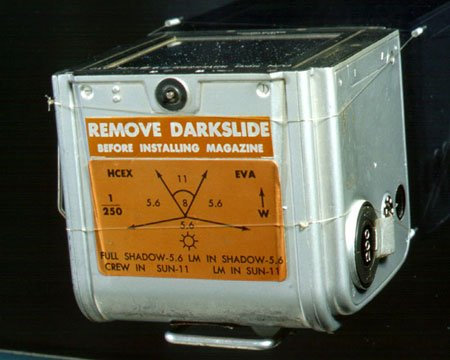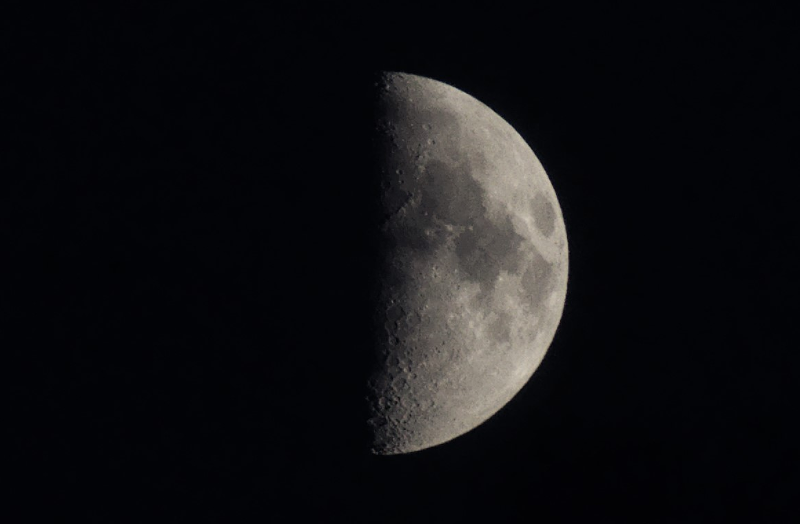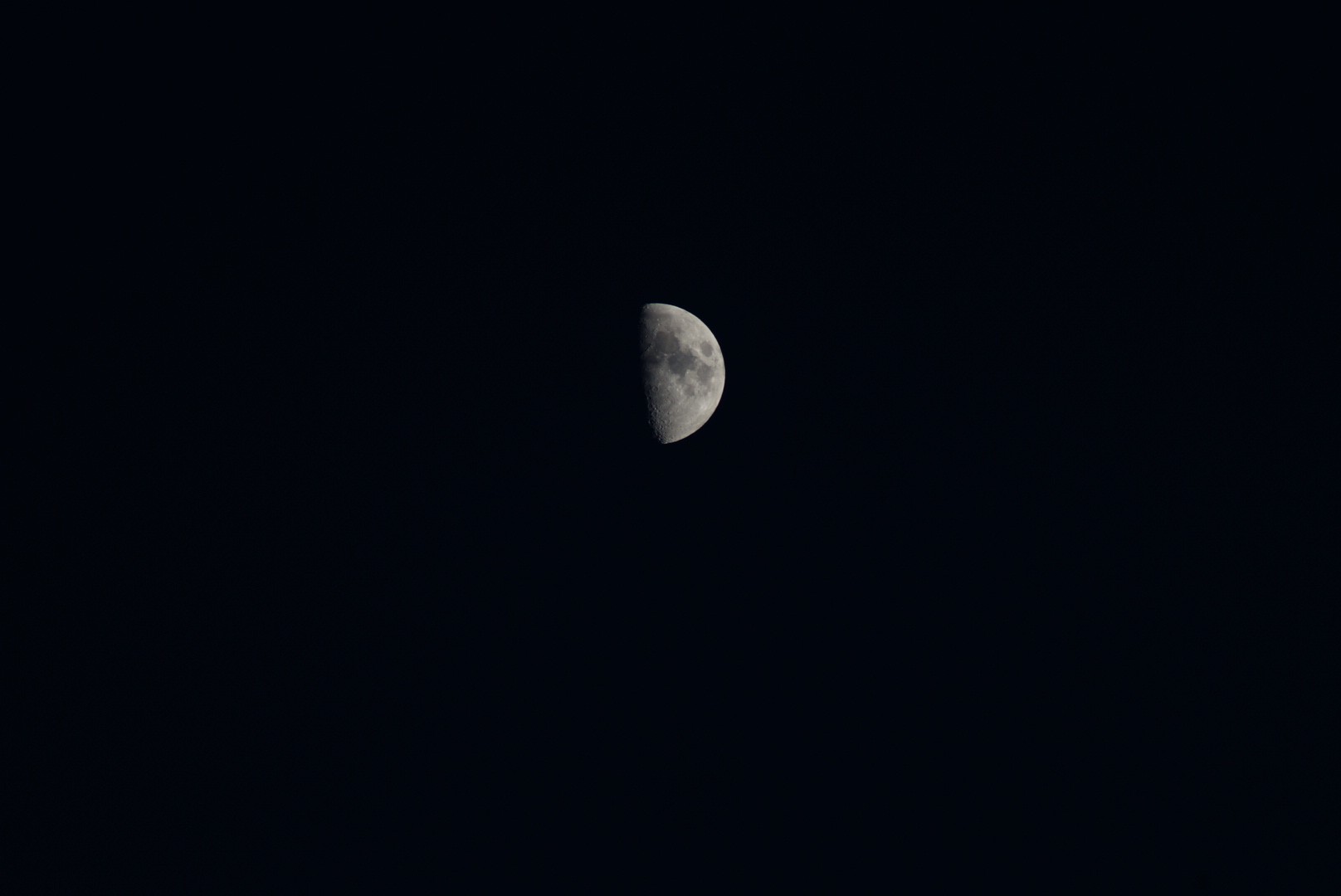It looks like you're using an Ad Blocker.
Please white-list or disable AboveTopSecret.com in your ad-blocking tool.
Thank you.
Some features of ATS will be disabled while you continue to use an ad-blocker.
share:
originally posted by: GaryN
originally posted by: wildespace
Exo-atmospheric is really, really bright. You know the sunny 16 rule, which is F16 at one over the ISO for a shutter speed? If you follow that rule, you basically can’t go wrong for standing outside in the summertime with a nice sunlit scene. The sunny 16 rule applies to being in orbit, but you have to stop down two more stops because it’s a lot brighter. So that’s an example: Being exo-atmospheric, the sun is a lot brighter.
So why did they use a "Looney 11" settings? Being a lot brighter they should have been using Looney 22?
i.imgur.com...
The albedo of the moon's surface material is lower than that of the earth's surface, and the Looney 11 rule increases exposure by one stop versus the Sunny 16 rule. Since the Moon is essentially a dark rock in full sunlight, photographing its surface needs an exposure comparable to what a photographer would use for ordinary mid-brightness surfaces (buildings, trees, faces, etc.) with an overcast sky. The sunlight reflected by the full moon onto the Earth is about 250,000 times dimmer than the light we get directly from the Sun in the daytime. en.wikipedia.org...
a reply to: Unrealised
Exposure on the Moon surface would be similar to a bright sunny day on Earth here is an image of the film back from the Hasselblad cameras.

It gives exposure settings for the Astronaut to use based on the position of the sun in the frame.
Also it's often stated by the hoax believers that the Astronauts could not have taken 100% perfect pictures, they didn't the images are available Here
Any half descent amateur photographer can set his camera up to shoot without an exposure meter or focusing and still get a very large hit rate of good images.
Google sunny 16 rule & depth of field.
Just think of disposable film cameras that had NO adjustments they were set up to provide an image in the most likely situation they would be used.
Exposure on the Moon surface would be similar to a bright sunny day on Earth here is an image of the film back from the Hasselblad cameras.

It gives exposure settings for the Astronaut to use based on the position of the sun in the frame.
Also it's often stated by the hoax believers that the Astronauts could not have taken 100% perfect pictures, they didn't the images are available Here
Any half descent amateur photographer can set his camera up to shoot without an exposure meter or focusing and still get a very large hit rate of good images.
Google sunny 16 rule & depth of field.
Just think of disposable film cameras that had NO adjustments they were set up to provide an image in the most likely situation they would be used.
a reply to: Unrealised
Many of us take pictures of the night sky.
Members Astrophotography
One of mine from the above

Exposure settings
1/400th of a second f8 iso 400, Sony SLT A37 with a 300mm lens (heavy crop)
A similar image before being cropped.

That one 1/80th sec f11 iso 100.
Many of us take pictures of the night sky.
Members Astrophotography
One of mine from the above

Exposure settings
1/400th of a second f8 iso 400, Sony SLT A37 with a 300mm lens (heavy crop)
A similar image before being cropped.

That one 1/80th sec f11 iso 100.
originally posted by: Soylent Green Is People
originally posted by: Unrealised
originally posted by: Chadwickus
a reply to: Unrealised
I understand that it would be a similar brightness, but it will appear much whiter and brighter due to no scatter from an atmosphere.
So basically, you'd need some serious eye protection to save you going blind?
The Moon's albedo is about 0.12. That is to say that 12% of the sunlight shining on the moon would reflect back up to a person standing on the moon (that intensity lessens by the inverse square law as an observer gets farther from the surface).
Moon Albedo
I can't find the source now, but I read somewhere that the light on the Moon is similar to the light reflecting off of an old asphalt car park on a sunny day. And that's old asphalt (more grey); new asphalt would be darker.
Plus, as has been mentioned, the intensity of the sunlight reaching the Moon's surface would be brighter than on Earth to begin with because Earth's atmosphere scatters the light somewhat. The Apollo astronauts had visor filters, and they made an effort not to point the cameras toward the Sun. This images that do include the sun are all awash in sun glare.
Agree to that. But there is something of an enigma too, possibly concerning galactic intrusion of cosmic rays/particles and the 'lower order' of the Sun's cosmic rays/particles, which I think any percentage measurement as something of an accomodation. Both Galactic and the Sun's cosmic rays/particles that could get through to the Earth's atmosphere would have a reaction, and in the Earth's case probably would increase the Earth's albedo by increased clouding, and what cosmic rays/particles does to the Moon's atmosphere, I'm just not so sure, while the Moon seems to have the resource to maintain what atmosphere it has, so far.
new topics
-
Pentagon acknowledges secret UFO project, the Kona Blue program | Vargas Reports
Aliens and UFOs: 1 minutes ago -
Boston Dynamics say Farewell to Atlas
Science & Technology: 9 minutes ago -
I hate dreaming
Rant: 50 minutes ago -
Is the origin for the Eye of Horus the pineal gland?
Philosophy and Metaphysics: 2 hours ago -
Man sets himself on fire outside Donald Trump trial
Mainstream News: 2 hours ago -
Biden says little kids flip him the bird all the time.
2024 Elections: 2 hours ago -
The Democrats Take Control the House - Look what happened while you were sleeping
US Political Madness: 3 hours ago -
Sheetz facing racial discrimination lawsuit for considering criminal history in hiring
Social Issues and Civil Unrest: 3 hours ago -
In an Historic First, In N Out Burger Permanently Closes a Location
Mainstream News: 5 hours ago -
MH370 Again....
Disaster Conspiracies: 6 hours ago
top topics
-
In an Historic First, In N Out Burger Permanently Closes a Location
Mainstream News: 5 hours ago, 14 flags -
The Democrats Take Control the House - Look what happened while you were sleeping
US Political Madness: 3 hours ago, 10 flags -
Thousands Of Young Ukrainian Men Trying To Flee The Country To Avoid Conscription And The War
Other Current Events: 16 hours ago, 8 flags -
A man of the people
Medical Issues & Conspiracies: 10 hours ago, 8 flags -
Man sets himself on fire outside Donald Trump trial
Mainstream News: 2 hours ago, 7 flags -
Biden says little kids flip him the bird all the time.
2024 Elections: 2 hours ago, 6 flags -
4 plans of US elites to defeat Russia
New World Order: 12 hours ago, 4 flags -
Is the origin for the Eye of Horus the pineal gland?
Philosophy and Metaphysics: 2 hours ago, 4 flags -
Sheetz facing racial discrimination lawsuit for considering criminal history in hiring
Social Issues and Civil Unrest: 3 hours ago, 3 flags -
Are you ready for the return of Jesus Christ? Have you been cleansed by His blood?
Religion, Faith, And Theology: 8 hours ago, 3 flags
